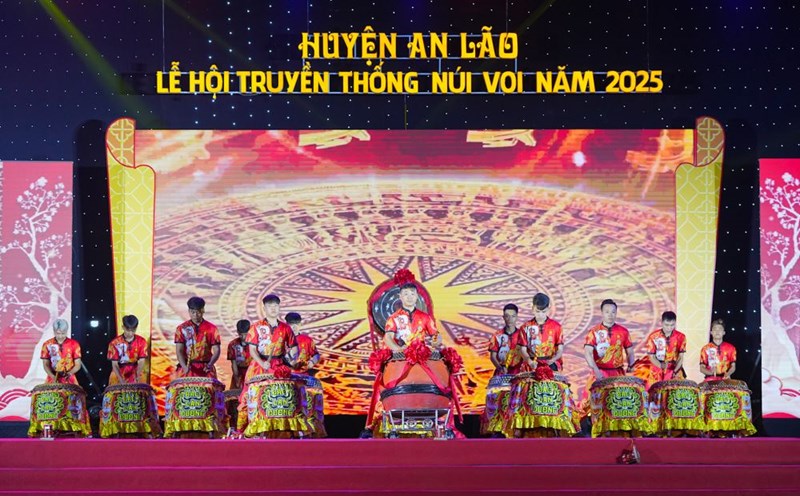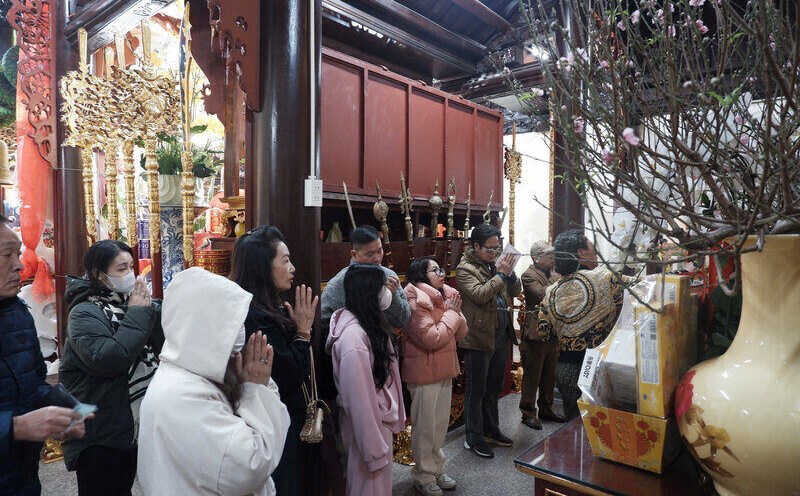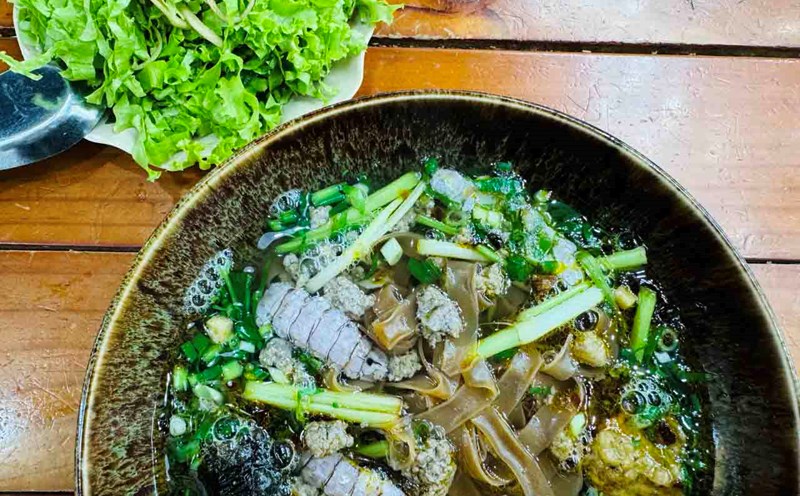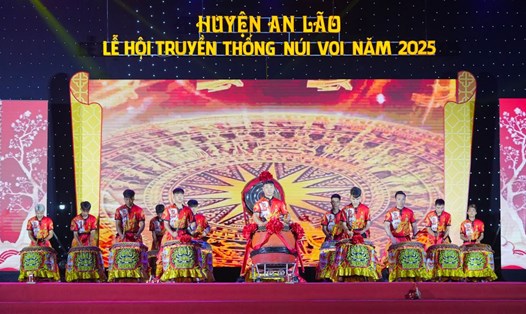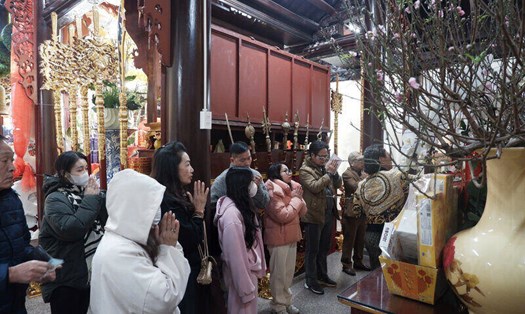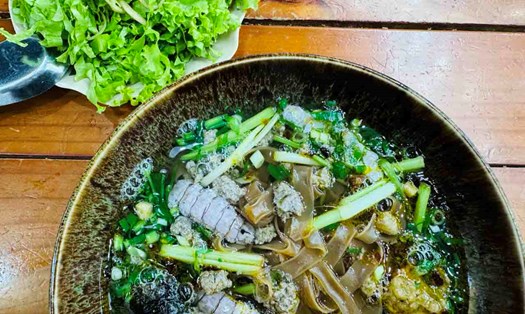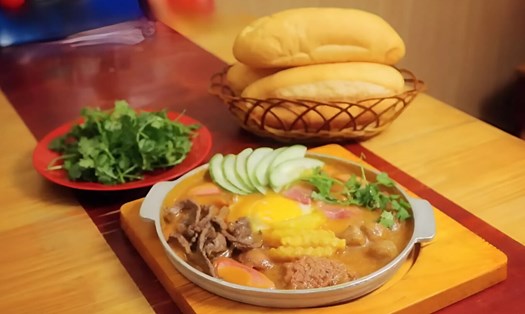Kien Linh Pagoda (Phuc Le Pagoda) is located in Phuc Le commune (now Nam Trieu Giang ward, Thuy Nguyen city, Hai Phong). According to legend, the pagoda was built heavily during the Tran Dynasty.
One of the economic policies of the Tran Dynasty was to grant a court to the noble kings and meritorious people to build fences to protect the regime. That day, the two brothers Tran Ho and Tran Do had a private meeting in Phuc Le and Pha Le.
With the development of the Truc Lam Zen sect (Yen Tu) founded by King Tran Nhan Tong, the monks invited the high priests of the Truc Lam Zen sect to mobilize Buddhists in the area to build Kien Linh Pagoda.
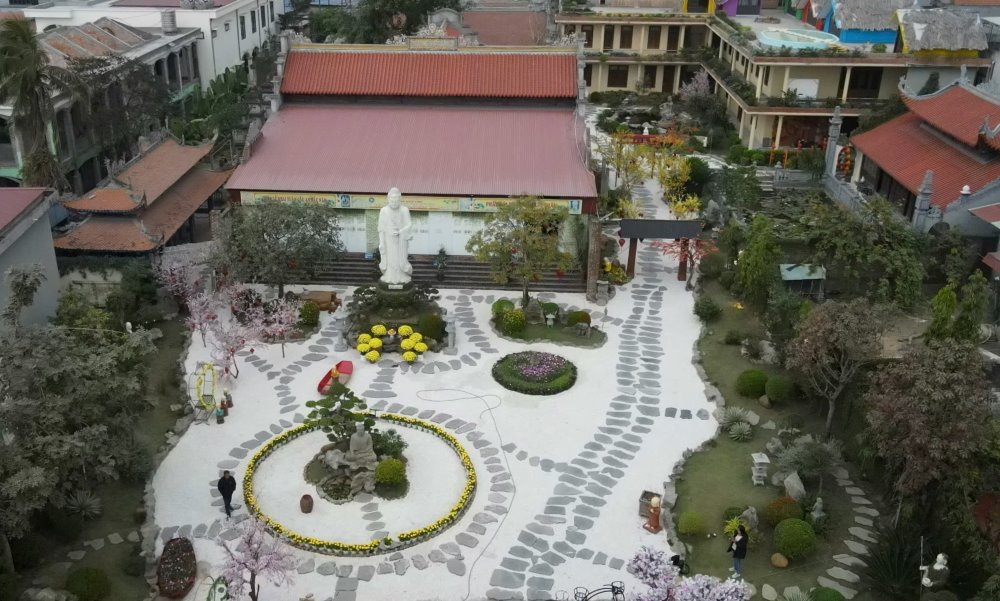
According to documents in the History of the Hai Phong City Party Committee, Kien Linh Pagoda was formed in the first half of the 14th century. During the anti-Japanese movement (1940 - 1944) under the leadership of the Viet Minh organization of Thuy Nguyen district (now Thuy Nguyen city), the pagoda held an event to establish a national self-defense team led by Mr. Bui Ba Ngon.
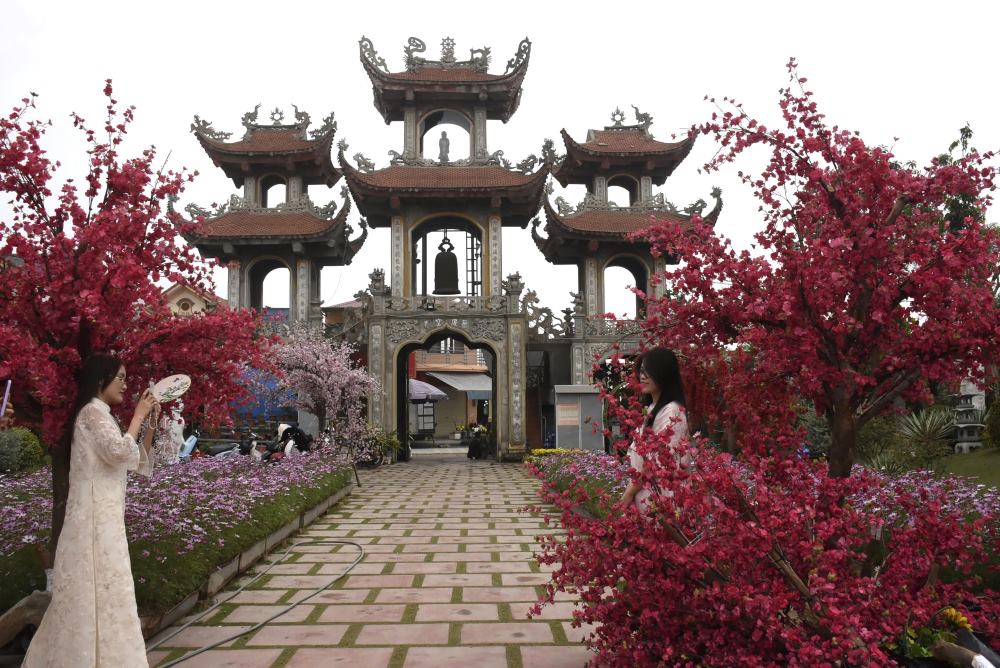
During the war of national liberation (1945-19504) and the resistance war against the US to save the country (1965-1975), the pagoda was a meeting place for resistance groups; a place for military training and coaching for cadres. This is also a place to record and call for food, clothes, and medicine to support the resistance troops on the front line. In September 2003, Kien Linh Pagoda was recognized as a City-level Historical and Cultural Relic.
According to local elders, before 22, Kien Linh Pagoda had a strong architectural style during the Tran Dynasty. In which, the front hall (outside pagoda) has 5 overlapping rooms with 2 floors and 8 roofs, facing South; the upper hall has 5 rooms; the back hall, the mother church of each building has 3 rooms. In the pagoda grounds, there is a church in the shape of the letter Nhi, an additional room area, a guest house area, a kitchen, a lotus pond, a tower garden, etc.
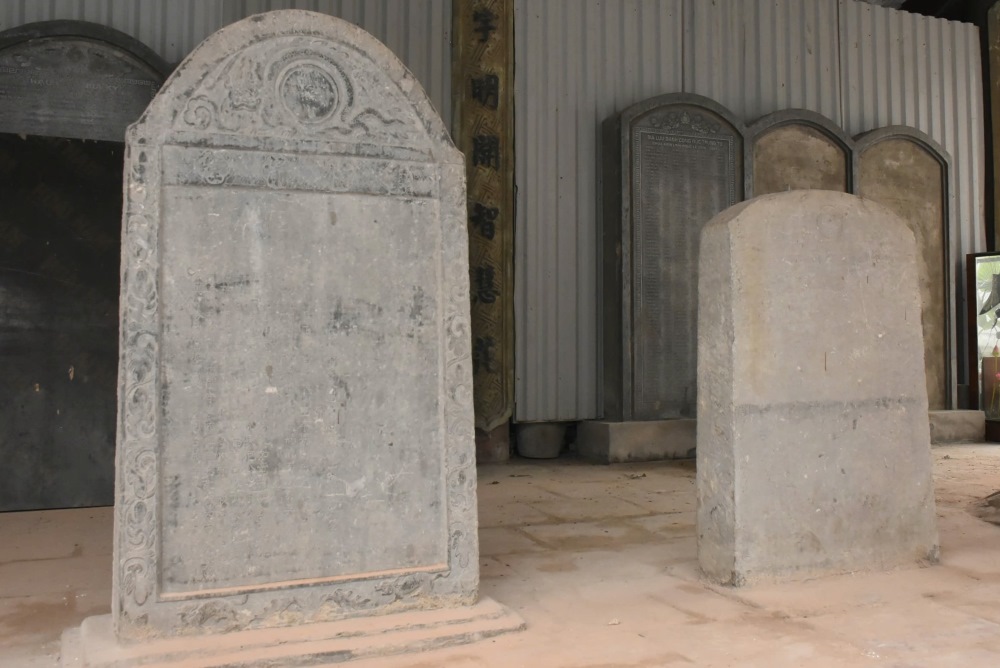
In 1998 - 1999, the pagoda was restored to its current state on an area of over 4,200 m2. Despite its small scale and new architecture, Kien Linh Pagoda still preserves many Buddhist statues and steles of historical and artistic value such as the 8th Gia Long bronze bell-casting clay; 9 stone steles dating from the Le, Mac to Nguyen Dynasty...
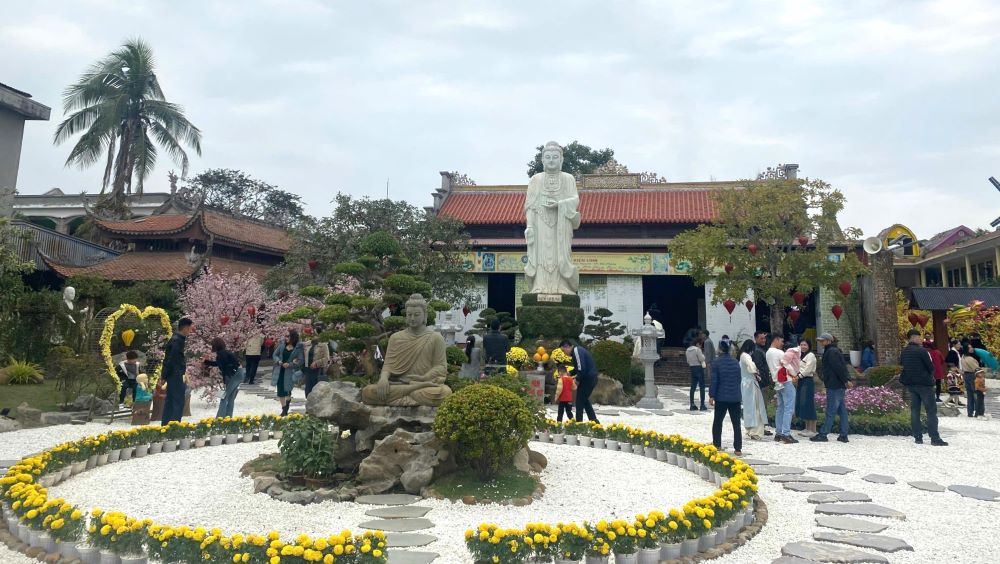
From 2005 to present, some items in the pagoda have been newly built, such as the Ancestor's church, the Mother's church, the Beer House and Tam Quan Gate, the pagoda yard... In 2013, the pagoda rebuilt the kitchen, auxiliary works, and cast new bronze bells from socialized sources.
Not only has historical, architectural and cultural value, Kien Linh Pagoda is a place for cultural and religious activities not only of local people but also attracts tourists from all over the world. Every holiday and Tet, the pagoda welcomes thousands of visitors to visit, offer incense, and visit the attractions. Currently, the pagoda yard is one of the locations for organizing the dum singing festival on a village and commune scale, imbued with national identity.

